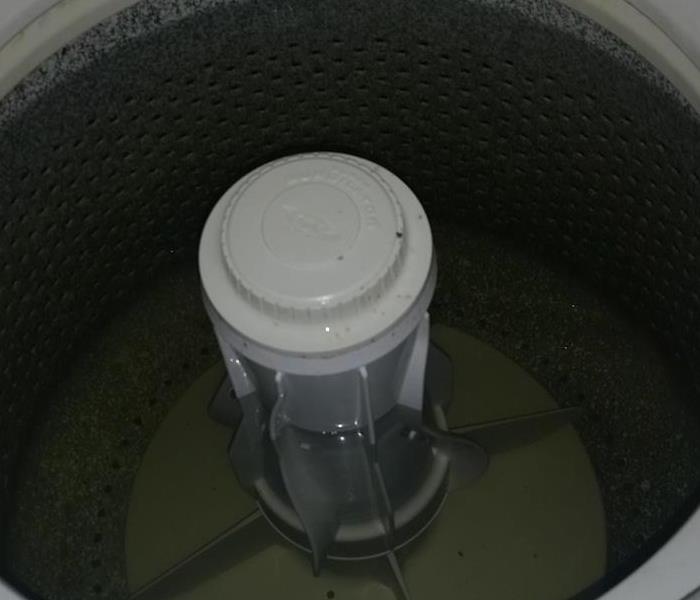Categories and Classes of Water Damage
8/18/2015 (Permalink)
 Washing machine found to be overflowing with water while not in use causing basement to flood with 2 inches of water.
Washing machine found to be overflowing with water while not in use causing basement to flood with 2 inches of water.
Water damage can originate from different sources such a leaking roof, washing machine overflow, dishwasher leakage, broken pipes, clogged toilet, broken dishwasher water line, moisture behind walls, foundation cracks, plumbing leaks, slab leaks and bad weather such as heavy rain and flooding. When it comes to insurance coverage, most damage caused by bad weather is considered flood damage and normally is not covered under homeowners insurance. Coverage for bad weather would usually require flood insurance.
According to the Insurance Institute for Business and Home Safety, the three most common causes of water damage are toilet clogging or overflowing, general plumbing problems such as aged water lines or fixtures and washing machine failures.
Categories of Water Damage
Category 1 Water - Refers to a source of water that does not pose substantial threat to humans and classified as "Clean Water". Examples are broken water supply lines, tub or sink overflows or appliance malfunctions that involves water supply lines.
Category 2 Water - Refers to a source of water that contains a significant degree of chemical, biological or physical contaminants and causes discomfort or sickness when consumed or even exposed to, known as "grey water". This type carries microorganisms and nutrients of microorganisms. Examples are toilet bowls with urine (no feces), sump pump failures and water discharge from dishwashers or washing machines.
Category 3 Water - Known as "black water" and is grossly unsanitary. This water contains unsanitary agents, harmful bacteria and fungi, causing severe discomfort or sickness. Type 3 category is contaminated water sources that affect the indoor environment. This category includes water sources from sewage, seawater, rising water from rivers or streams, ground surface water or standing water. Category 2 Water or Grey Water that is not promptly removed from the structure and or have remained stagnant may be re classified as Category 3 Water. Toilet back flows that originates from beyond the toilet trap is considered black water contamination regardless of visible content or color.
Classes of Water Damage
Class 1 - Slow Rate of Evaporation. Affects only a portion of a room. Materials have a low permeance/porosity. Minimum moisture is absorbed by the materials.
Class 2 - Fast Rate of Evaporation. Water affects the entire room of carpet and cushion. May have wicked up the walls, but not more than 24 inches.
Class 3 - Fastest Rate of Evaporation. Water generally comes from overhead, affecting the entire area; walls, ceilings, insulation, carpet, cushion, etc.
Class 4 - Specialty Drying Situations. Involves materials with a very low permeance/porosity, such as hardwood floors, concrete, crawlspaces, plaster, etc. Drying generally requires very low specific humidity to accomplish drying.





 24/7 Emergency Service
24/7 Emergency Service